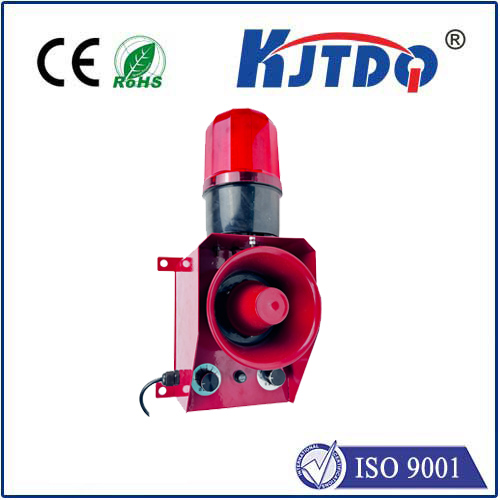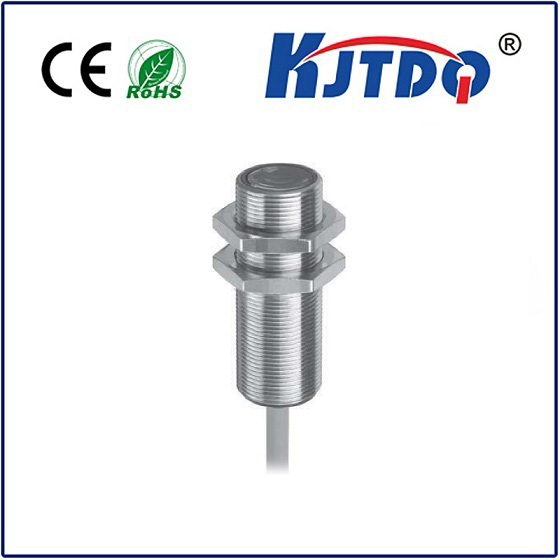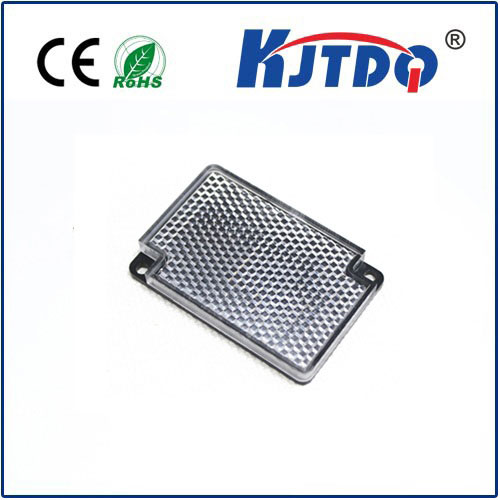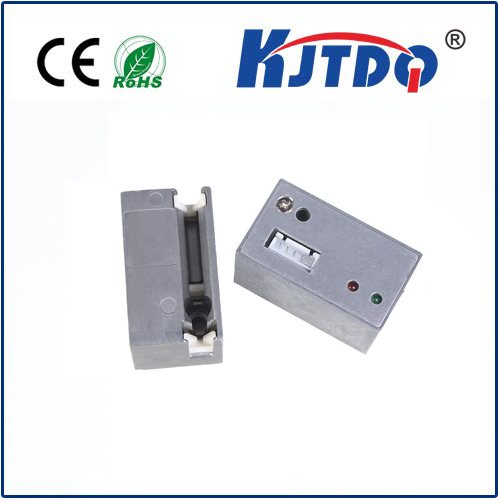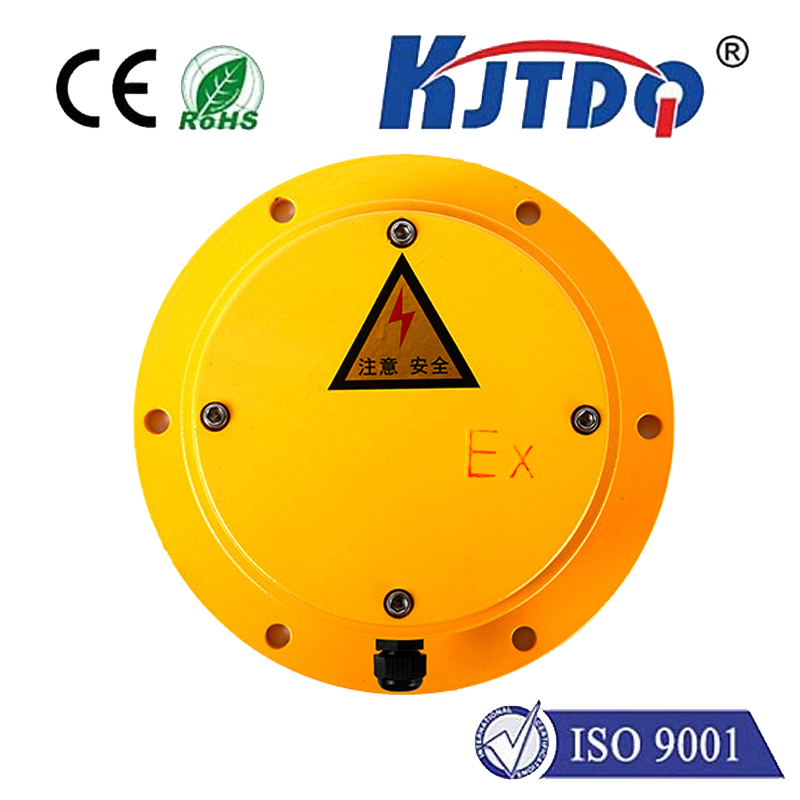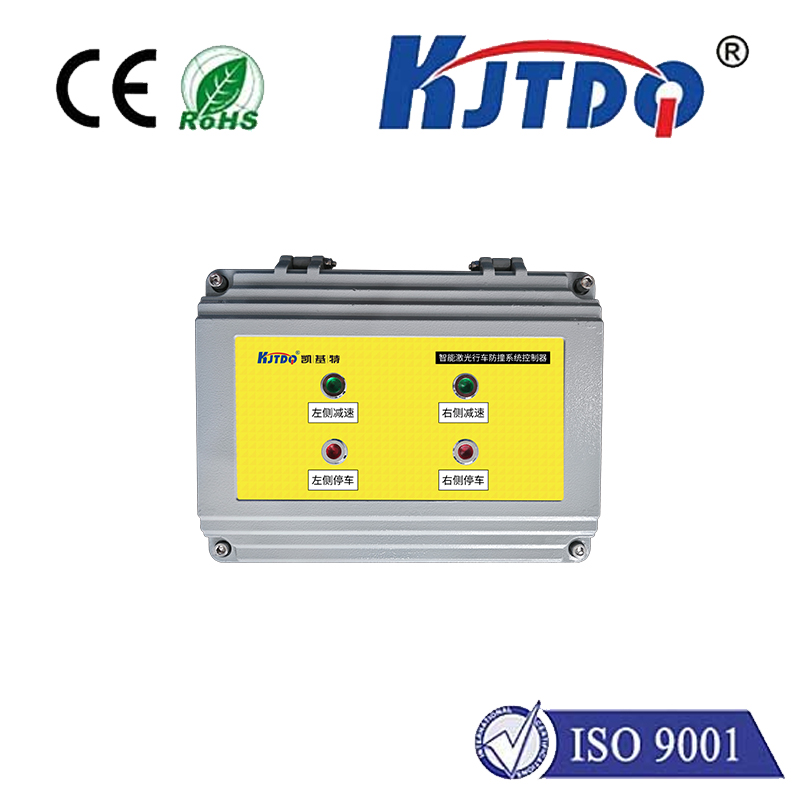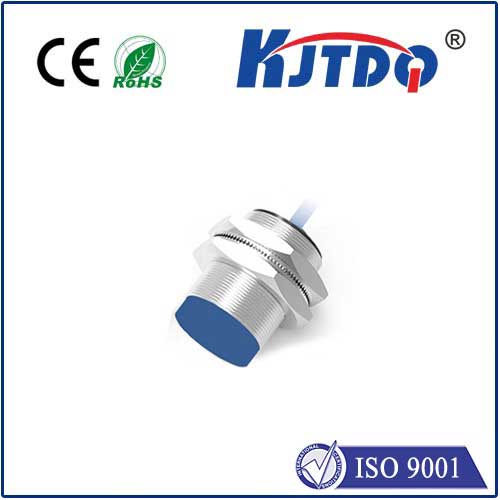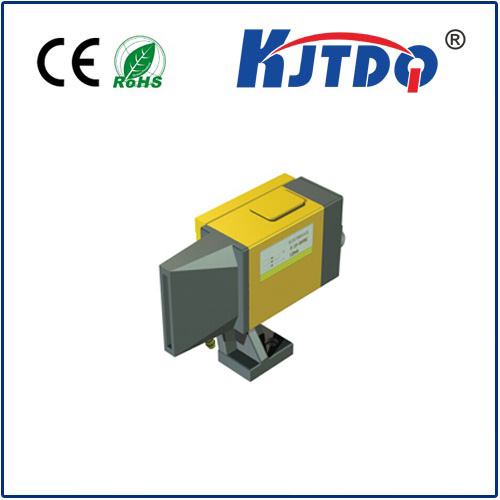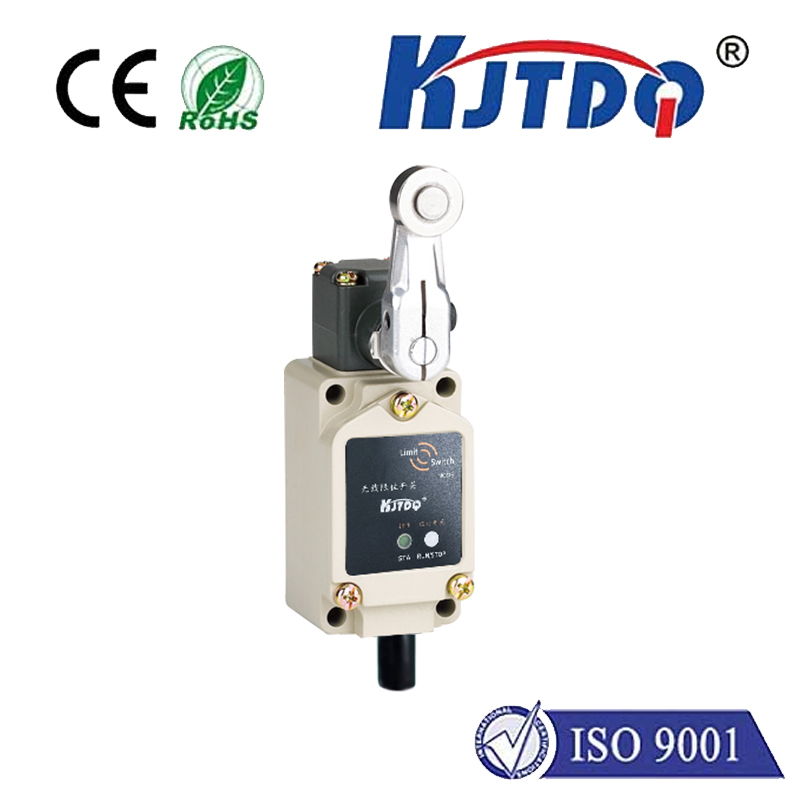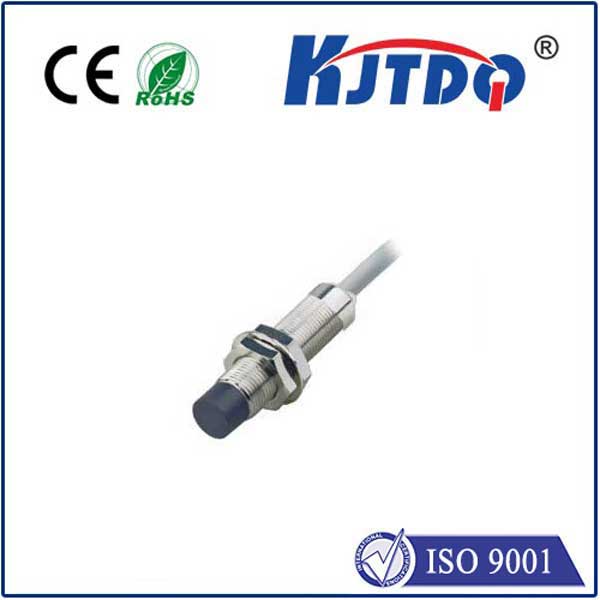
check

check

check

check
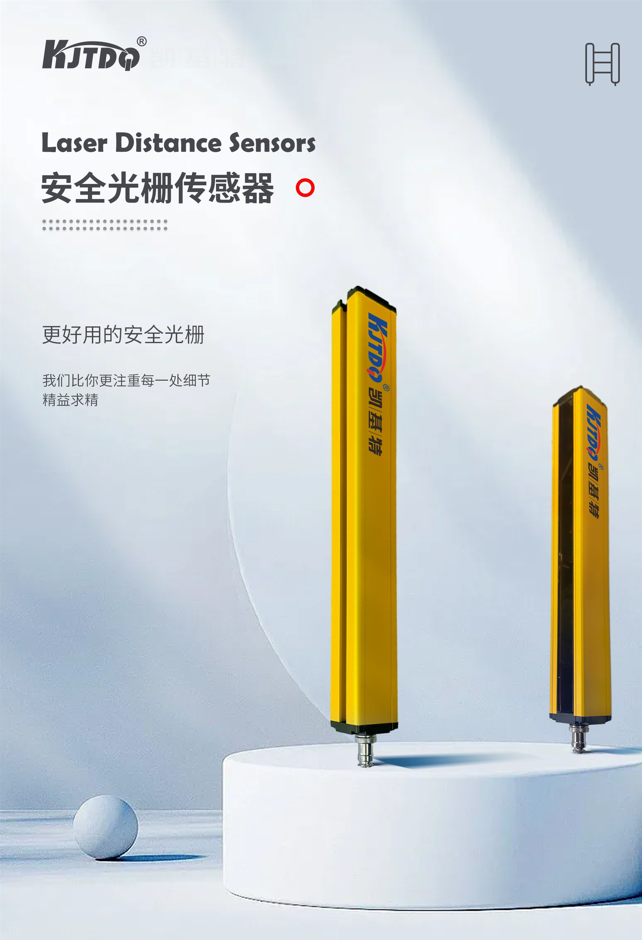
check

check

check

check

check

check

Title: The Essentials of the 18mm Inductive Proximity Sensor When it comes to automation and sensing technology, the 18mm inductive proximity sensor stands out as a vital component in various industrial applications. This compact yet powerful device plays a crucial role in ensuring that machinery operates efficiently and safely by detecting the presence or absence of metallic objects without physical contact. Its versatility and reliability make it an indispensable tool for engineers and technicians across multiple sectors. The 18mm inductive proximity sensor is designed with precision engineering to offer high-performance object detection capabilities. It operates based on the principle of electromagnetic fields, where changes in the field are used to sense the presence of metal within a certain range. This non-contact method of operation ensures that there is no wear and tear on the sensor itself or on the target object, which enhances longevity and reduces maintenance costs. One of the key advantages of the 18mm inductive proximity sensor is its robust design which makes it resistant to harsh environmental conditions such as dust, moisture, and vibrations. These characteristics are essential for maintaining accurate readings and reliable performance in challenging industrial settings like manufacturing floors, automotive plants, and logistic centers where such sensors are often exposed to extreme temperatures and contaminants. Moreover, the ease of integration and compatibility with various control systems further adds to the popularity of this sensor. The 18mm inductive proximity sensor can be seamlessly incorporated into existing setups with minimal effort, making it an appealing choice for upgrading equipment or implementing new automation projects. It supports a wide range of voltages and output types (such as NPN/PNP), allowing it to interface with different controllers and actuators effectively. In conclusion, the 18mm inductive proximity sensor exemplifies the advances in sensor technology that contribute significantly to the efficiency and productivity of modern industries. Its ability to accurately detect metallic targets without direct contact, coupled with its rugged construction and easy integration, makes it a preferred option for a broad array of applications. Whether used for position sensing, object counting, or speed monitoring, this sensor proves to be a valuable asset in streamlining processes and enhancing safety measures within any automated system.
